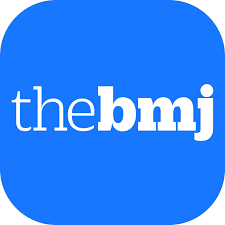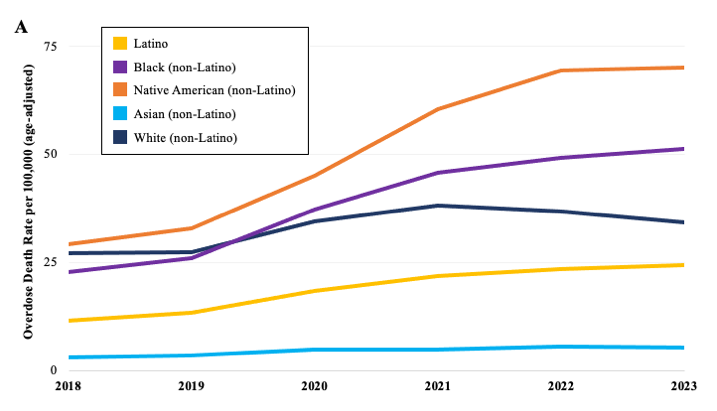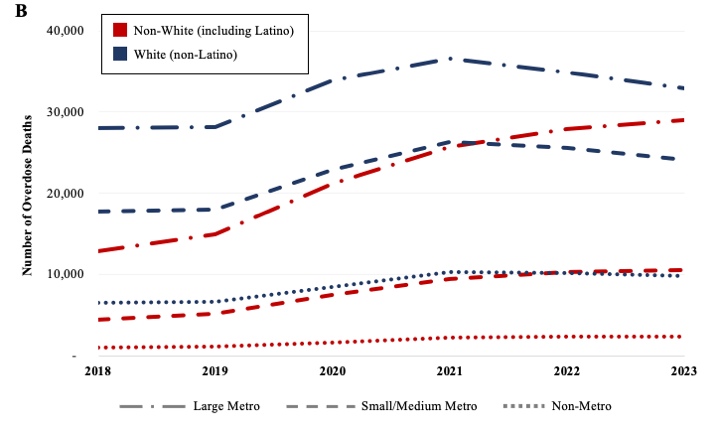Declining US Drug Overdose Deaths: Evidence-Based Prevention and Treatment Working
Latest | Home | About | Our People | CLAFH | Events | News | Stories | IPS Affiliates | Training
February 4, 2025
Declining US Drug Overdose Deaths: Evidence-Based Prevention and Treatment Working
Return to failed “War on Drugs” tactics will reverse progress
A new editorial in the BMJ suggests that a 22% decrease in overall U.S. drug overdose deaths over 2023/2024 signals that investments in overdose prevention and substance use disorder treatment are working. In Avoiding a new US “war on drugs”: Declining US drug overdose deaths show that evidence-based public health approaches work (Vincent Guilamo-Ramos, Adam Benzekri, Loftin Wilson, and Marissa D. Abram), the authors call for more investment in treatment and prevention to accelerate progress — and to reject calls for a return to “War on Drugs” tactics that bipartisan experts believe didn’t work.
“Evidence-based prevention and treatment are working in communities across the entire country. There’s also a growing sense across the ideological divide that this is the smartest approach, while the ‘War on Drugs’ simply wasn’t — because it was law enforcement-focused, disproportionately harmed communities of color, was a waste of money, and it just didn’t work. In an era of increased appetite for criminalizing health and social problems, we have already learned that addiction is best addressed with care, not convictions. Bottom line: a return to ‘War on Drugs’ tactics could reverse the progress made in the overdose crisis and make the situation much worse,” said Dr. Vincent Guilamo-Ramos, IPS Executive Director and the Leona B. Carpenter Chair in Health Equity and Social Determinants of Health at Johns Hopkins School of Nursing.
The editorial explores what is most likely driving the welcome decline in deaths – and why in some states overdoses are rising. It looks at how more “tough on crime” messaging could lead to a more law enforcement-driven response to drug taking and overdoses – pushing back progress, especially in communities of color where the decline has been slower. It explores existing prevention and treatment successes – such as major changes in opioid medication prescription policies and practices, expanded access to opioid use disorder medications, and the scaling-up of community-based harm reduction services. Finally, it notes promising new strategies to further eliminate substance related prevention and treatment inequities such as: community and family-based models of prevention and treatment service delivery in marginalised communities and achieving a health workforce more representative of the populations served.
“Making the right call at this moment-of-opportunity is key to save and improve more lives. The wrong call is for approaches that are ineffective and unjust; this would fail all US communities — especially those in which overdose deaths continue to rise. It’s time to get tougher FOR prevention and treatment, for MORE targeted investment in prevention and treatment – and not to repeat the mistakes of the past,” Guilamo-Ramos stressed.

A: Overdose Death Rate per 100,000 (age-adjusted)

B: Number of Overdose Deaths

